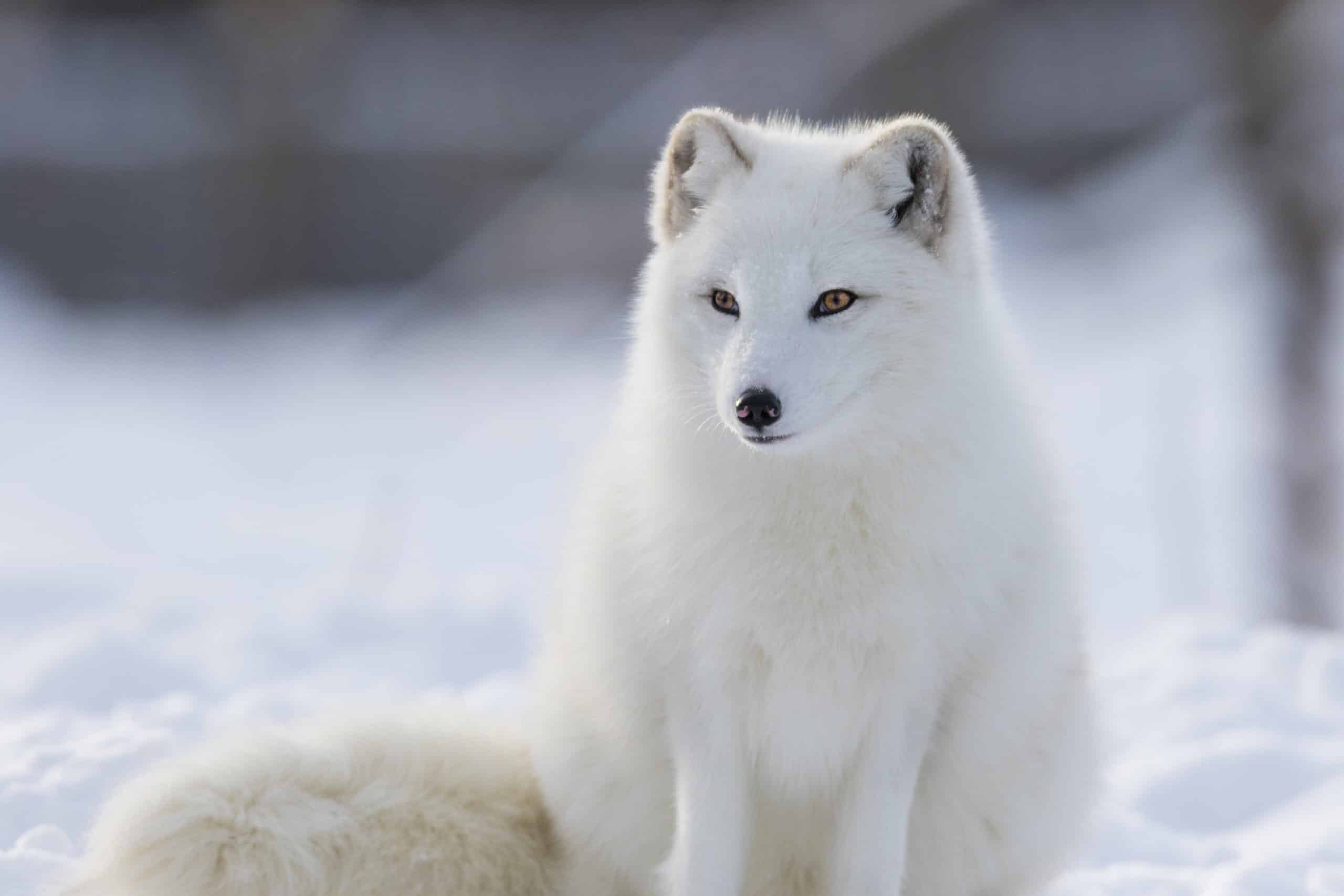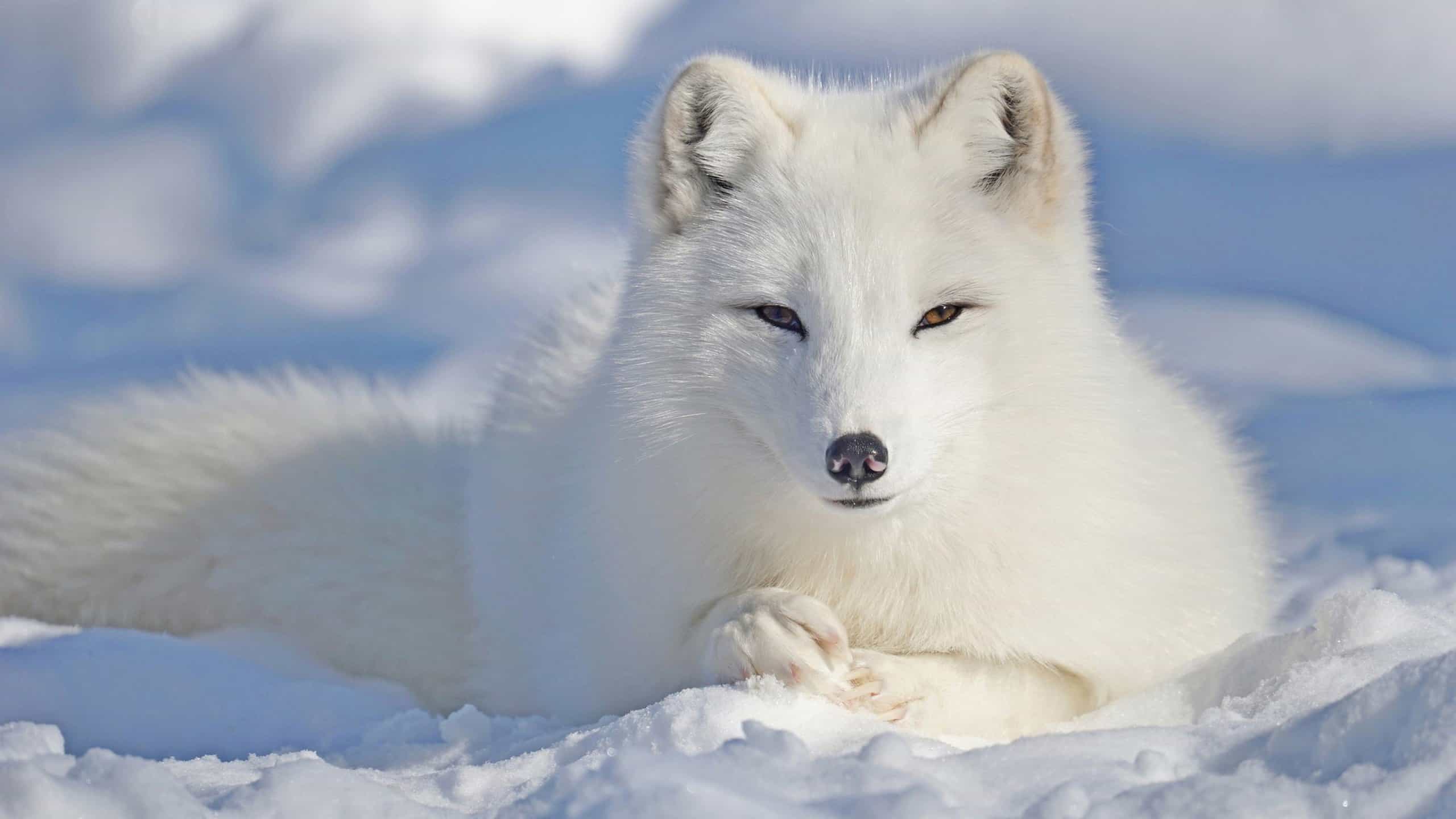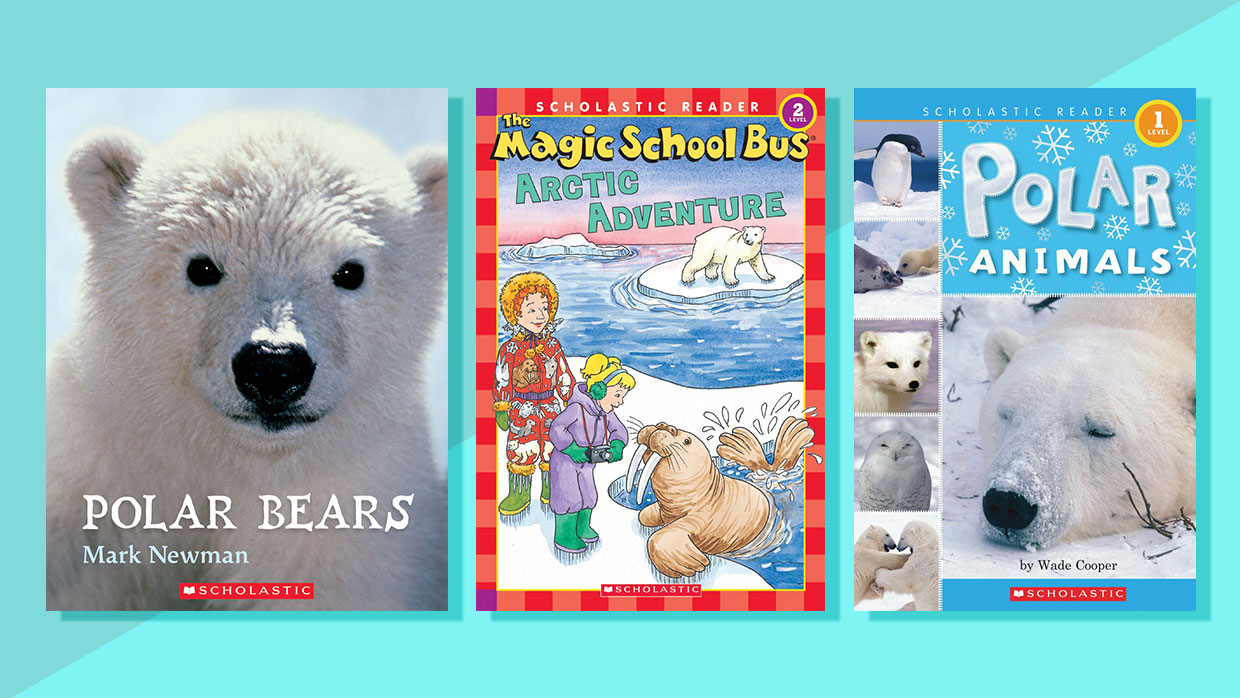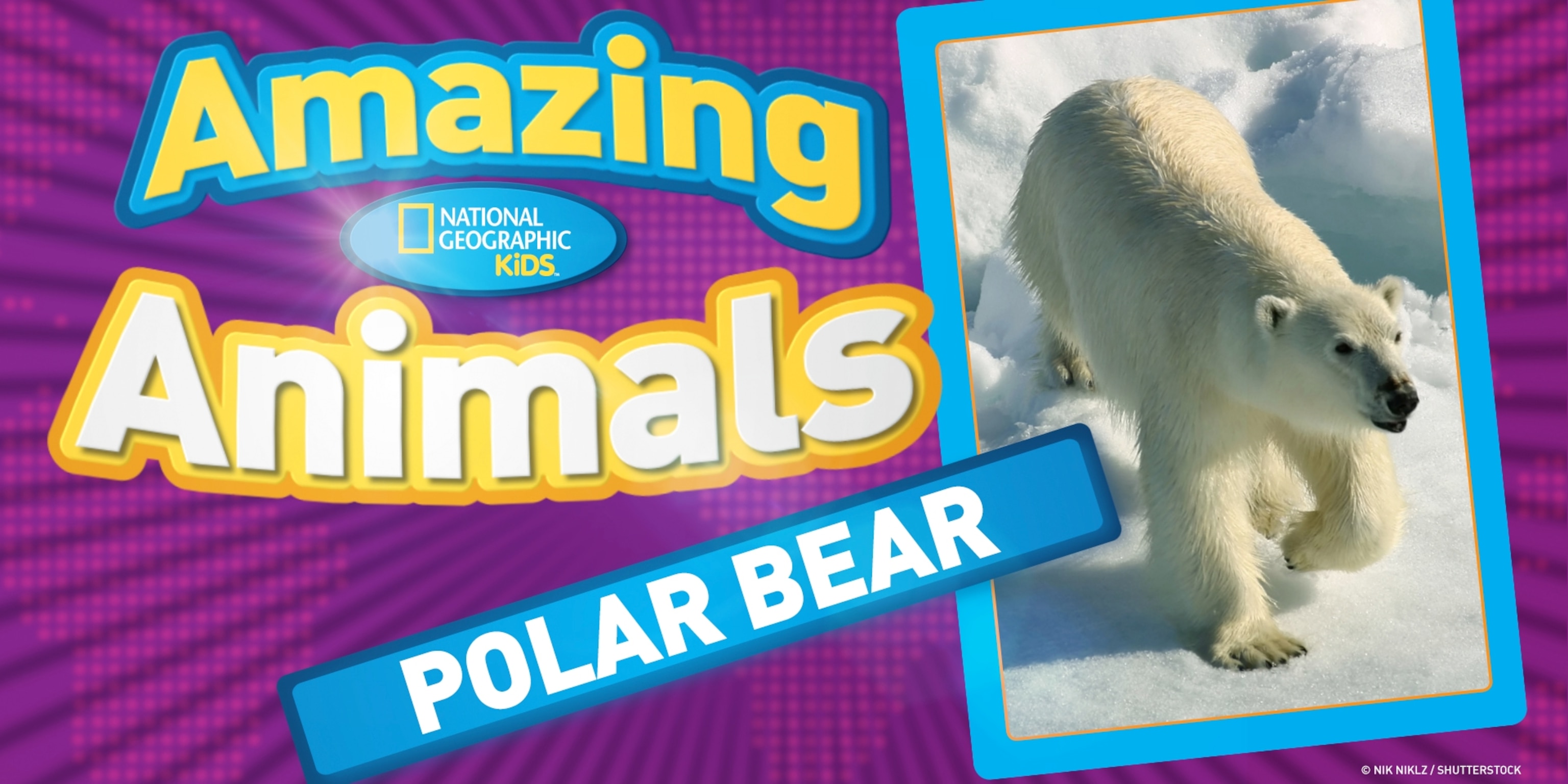Arctic Animals Facts Ks1

Polar bears live in the Arctic which is near the North Pole.
Arctic animals facts ks1. They will eat arctic fox arctic hares lemmings seals but. Oct 22 2019 - Learn about Arctic explorers Inuits Aurora Borealis ice Arctic animals and more in this Polar Explorers KS1 Arctic Adventures cross-curricular pack Arctic facts. A collection of animals that live in the Arctic including arctic fox hare wolf walrus polar bear Inuit caribou etc with a few Antarctic creatures thrown in to encourage the children to think about animal habitats.
These include mites tiny crustaceans springtails small insect-like creatures midges and other insects. Theres also more information about the regions animals here. The North Pole is in the middle of the Arctic Ocean which is surrounded by the land masses of North America Europe and Asia so there is a land connection to the south meaning that land animals can more easily reach the Arctic unlike Antarctica where animals must be able to swim or fly across hundreds of miles of.
You can read about life on Antarctica here. Polar bears and arctic foxes are adapted to the extreme weather of the Arctic region. In winter when more of the ocean freezes over and thick snow covers the land animals and plants have adapted to keep warm and survive.
Arctic Animals List. Several kinds of penguins including the emperor penguin. You can find out about the animals and plants of the Arctic further down the page.
This free printable Arctic Animal Facts pack is most suitable for Early Elementary grades 1-3 in the United States or KS1 Key Stage one in the UK and comes with facts about these fascinating creatures for young readers along with beautiful color photography. Report this resource to let us. Arctic Wolves are carnivores meaning they eat meat.
KS1 Plants and Animals in the local environment Another type of habitat to compare with the local habitat. Arctic woolly bear moth beluga whale greenland shark orca bearded seal walrus ribbon seal Seals are gregarious animals that live in groups and feed on fish and molluscs. Watch the clip again and ask each group to focus on their allocated animal and remember at least three facts that they.



















